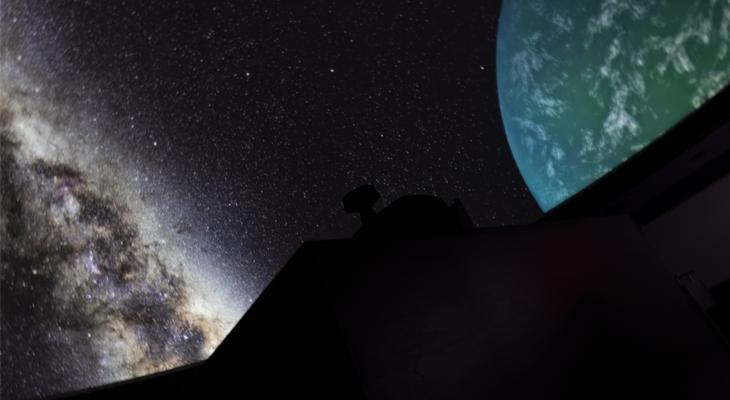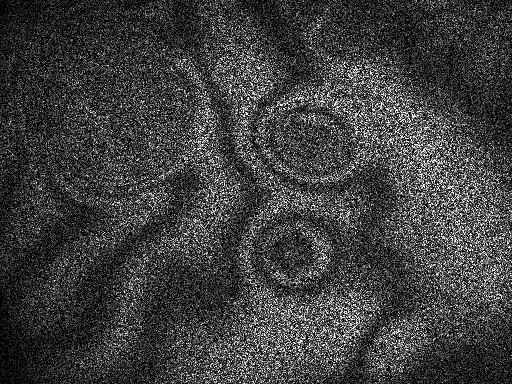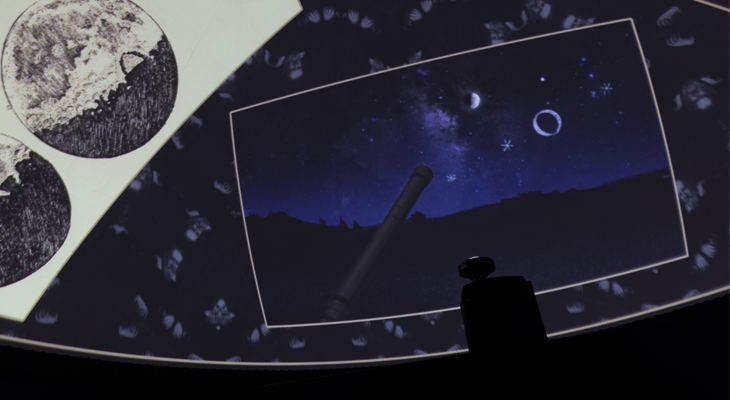
Planetarium Show: Accidental Astronauts
Public participation is sought to help researchers at Joliet Junior College learn more about the vibrations of the Caribbean steelpan, sometimes referred to as a steel drum.
The goal of the project, according to professor Andrew Morrison in the Department of Natural Sciences, is to learn how mechanical energy is transferred from one part of the drum to another when the instrument is played.
“Part of what makes the steelpan have its characteristic sound is that all the notes the player hits are connected to each other in the same piece of steel. So all the notes are physically coupled together and by hitting one note, the player is making lots of notes vibrate instead of just the note that was hit,” said Morrison.

To analyze these vibrations, Morrison is using a crowd-sourcing platform that calls on volunteers to gather data that is easy to spot by eye, but hard to do computationally. From this, he hopes to train a machine learning algorithm to do the image detection based on the volunteers’ classifications.
“First, we are learning how to uncover information contained in the high-speed movies that we make. The movies contain a lot of noise, which makes it difficult to process by a computer, so we are spending quite a bit of time developing ways to overcome this process.”
These high-speed movies are available through Zooniverse, a website which allows people to assist with science projects. Participants look at a single frame of one the high-speed movies and mark features on it. The project started last August and so far is about 13 percent of the way through. The goal is to receive 200,000 total classifications.
“Each classification takes about 15 seconds for a person to do on average - so not really a lot of time for a single classification. But we’d like to see a few thousand people help us out and get through it quickly,” he said.
Morrison said the research process will inevitably raise about as many question as answers. But if he is successful with using the volunteers’ classifications to send a machine learning algorithm to do the image analysis, the project could be used to study other vibrating objects.
For media inquiries, contact Communications and Media Coordinator Scott Harvey at 815-280-2844 or sharvey@jjc.edu.

